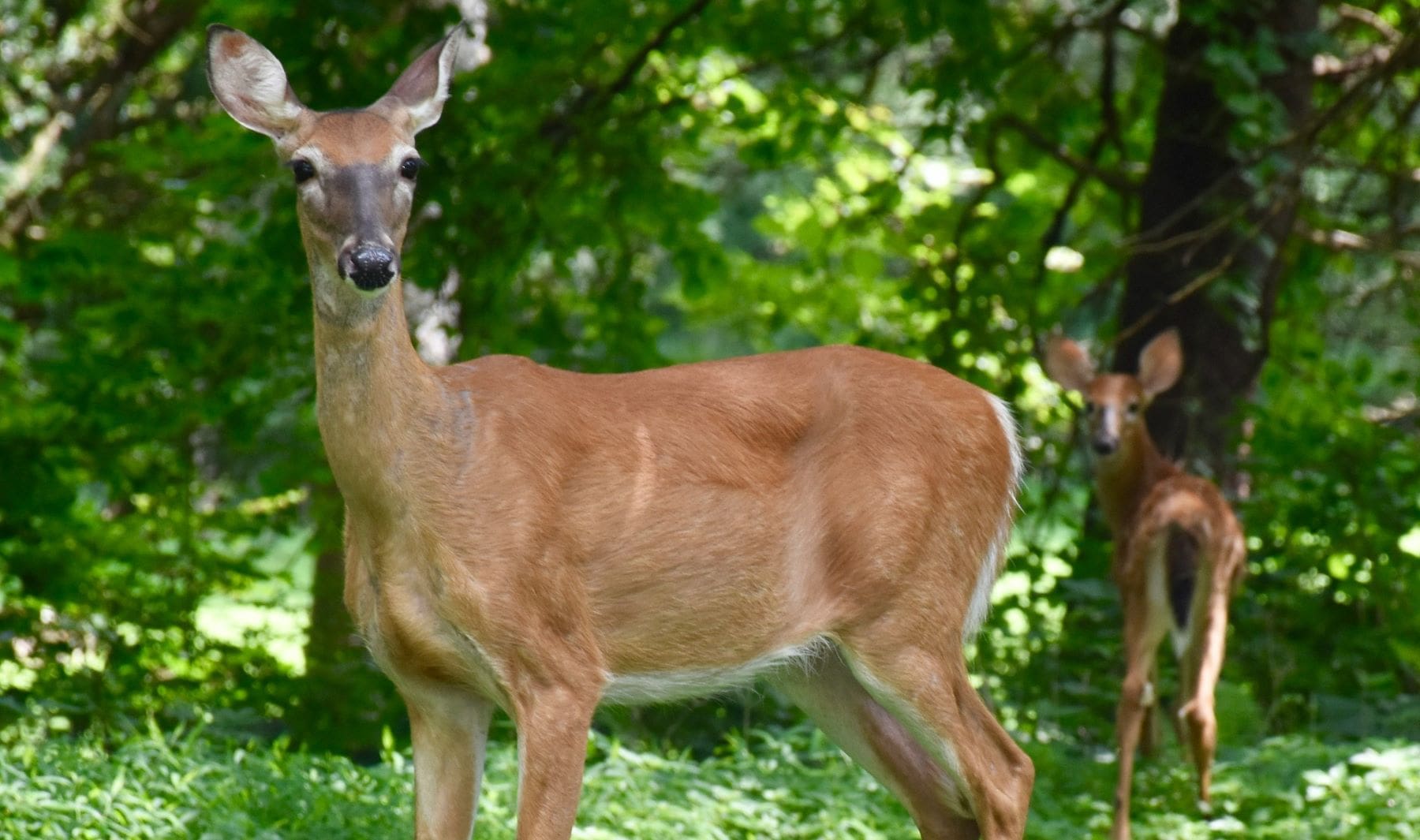 Exploring Landscaping As The Best Deer Deterrent
Exploring Landscaping As The Best Deer Deterrent
If you’re wondering whether landscaping can be the best deer deterrent, you’ve come to the right place. Let’s be honest: deer are beautiful creatures, but not when they treat your garden like a buffet. While chemical repellents might work temporarily, there are sustainable, natural strategies within landscape design that offer a more effective and lasting solution. Here’s a quick answer before you dive deeper:
- Opt for deer-resistant plants
- Create strategic barriers with effective fencing
- Use organic pest control methods
techniques are not just practical, but they also improve the beauty of your yard, ensuring it remains an enjoyable and safe space for your family.
At Borst Landscape & Design, we pride ourselves on our holistic approach to landscaping. We focus on keeping deer at bay naturally.
If you’re ready to take control of deer in your garden, call us now at(201) 785-9400orContact Us. Let’s design a landscape you’ll love and the deer will avoid!
Understanding Deer Behavior
To effectively deter deer from your garden, understand their habits and preferences. Deer are creatures of habit, often following the same routes and feeding patterns. Their choices are largely influenced by the availability of food, the season, and even the specific plants in your yard.
What Attracts Deer?
Deer are naturally drawn to lush blooms and plants with sweet scents. They have a keen sense of smell, which guides them to the most appealing plants. Fertilized plants are particularly attractive, as they often have more lush growth and sweeter blooms. Plants like hydrangeas, roses, and daylilies fall into this category and can become frequent targets.
During spring and summer, deer are most active, seeking out these nutrient-rich plants to fuel their energy needs. This is when your garden is most at risk of becoming a deer buffet.
Deer-Resistant Plants
On the flip side, some plants are less appealing to deer due to their strong scents, fuzzy foliage, or poisonous sap. These plants can be your first line of defense in creating a deer-resistant landscape.
Plants like sage, lavender, and ornamental salvias have strong scents that deer find unappealing. Fuzzy or bristly foliage, such as lamb’s ear and yarrow, also deters deer due to their texture. Additionally, plants like daffodils and poppies contain poisonous sap that deer instinctively avoid.
By incorporating these deer-resistant plants into your garden, you can naturally discourage deer from feasting on your landscape. It’s a smart, sustainable strategy that improves the beauty of your garden while keeping it safe from unwanted visitors.
Best Deer Deterrent Landscaping Techniques
When it comes to keeping deer away from your garden, strategic landscaping can be a game-changer. Let’s explore how interplanting and effective fencing solutions can serve as the best deer deterrents.
Interplanting Strategies
Interplanting involves mixing plants that deer love with those they tend to avoid. This creates a confusing environment for deer, making it harder for them to locate their favorite snacks.
Plant Combinations: Consider combining lush blooms with deer-resistant plants. For example, mix roses with lavender or sage. The strong scents of these herbs can mask the fragrance of more attractive plants, effectively deterring deer.
Deterrent Plants: Use plants like catmint, yarrow, and marigolds to your advantage. Their textures and smells are unappealing to deer, making them excellent choices for borders or between rows of more vulnerable plants.
Garden Design: Arrange your garden in layers, with deer-resistant plants on the outer edges. This not only adds depth to your landscape but also acts as a natural barrier.
Effective Fencing Solutions
While plants can deter deer, sometimes a more robust solution is needed. Fencing can provide that extra layer of protection.
Solid Fencing: A solid fence can be your best option. Deer have poor depth perception, so a tall, solid barrier can effectively keep them at bay. Aim for a fence that’s at least eight feet tall to prevent deer from jumping over.
Woven Wire: If a solid fence isn’t feasible, consider using woven wire. It’s sturdy and can be installed at the necessary height to prevent deer from leaping over. Ensure it’s tightly secured to the ground to stop deer from crawling underneath.
Height Requirements: Deer are excellent jumpers. A fence should be at least eight feet tall to effectively deter them. In areas with high deer populations, consider adding an angled top to the fence to further discourage jumping.
By integrating these interplanting and fencing techniques, you can create a landscape that not only looks beautiful but also keeps deer at bay.
Borst For Deer-Safe Landscaping
At Borst Landscape & Design, we believe in a holistic approach to deer deterrence through smart landscaping. By combining interplanting strategies and effective fencing solutions, you can protect your garden while maintaining its beauty. Our team of experienced professionals is ready to help you implement these techniques to keep deer at bay without compromising the beauty of your landscape.
A well-designed landscape not only improves the aesthetic appeal of your property but also serves as a natural deer deterrent. By choosing the landscaping elements, you can create a garden that deer find less inviting. Our full-service team is here to guide you every step of the way, from planning to execution.
For expert help with your New Jersey landscaping needs, reach out to Borst Landscape & Design. Give us a call at201-785-9400or visit ourContact Uspage. Together, we can design a landscape that not only looks beautiful but also keeps deer at bay.
Photo by Cindie Hansen on Unsplash
